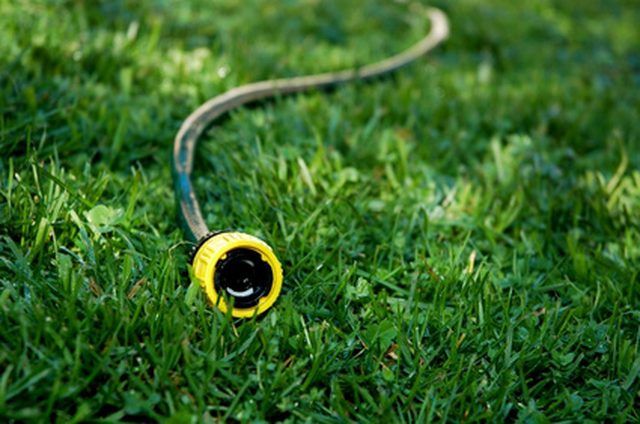Bulbs
Flower Basics
Flower Beds & Specialty Gardens
Flower Garden
Garden Furniture
Garden Gnomes
Garden Seeds
Garden Sheds
Garden Statues
Garden Tools & Supplies
Gardening Basics
Green & Organic
Groundcovers & Vines
Growing Annuals
Growing Basil
Growing Beans
Growing Berries
Growing Blueberries
Growing Cactus
Growing Corn
Growing Cotton
Growing Edibles
Growing Flowers
Growing Garlic
Growing Grapes
Growing Grass
Growing Herbs
Growing Jasmine
Growing Mint
Growing Mushrooms
Orchids
Growing Peanuts
Growing Perennials
Growing Plants
Growing Rosemary
Growing Roses
Growing Strawberries
Growing Sunflowers
Growing Thyme
Growing Tomatoes
Growing Tulips
Growing Vegetables
Herb Basics
Herb Garden
Indoor Growing
Landscaping Basics
Landscaping Patios
Landscaping Plants
Landscaping Shrubs
Landscaping Trees
Landscaping Walks & Pathways
Lawn Basics
Lawn Maintenance
Lawn Mowers
Lawn Ornaments
Lawn Planting
Lawn Tools
Outdoor Growing
Overall Landscape Planning
Pests, Weeds & Problems
Plant Basics
Rock Garden
Rose Garden
Shrubs
Soil
Specialty Gardens
Trees
Vegetable Garden
Yard Maintenance
How to Grow Grass in Backyard
How to Grow Grass in Backyard. Lush grass can make any backyard appear fertile and attractive. Yet, even experienced gardeners can get frustrated growing grass. However, get the seed bed right and your chances of success rise dramatically. While sod is generally a faster option for building a healthy lawn, it's much more expensive. For a backyard,...

Lush grass can make any backyard appear fertile and attractive. Yet, even experienced gardeners can get frustrated growing grass. However, get the seed bed right and your chances of success rise dramatically. While sod is generally a faster option for building a healthy lawn, it's much more expensive. For a backyard, consider using grass seed and following a few steps to get a rich carpet of grass going.
Things You'll Need
Spade
Pitchfork
Tiller
Grass seed
Rake
Sprinkler
Water
Peat moss or compost
Topsoil
Mower
Dig up the area where you want to grow grass. Use a spade and garden fork to turn over the soil, removing clumps, roots and weeds as you go. If you have a large backyard, use a mechanical tiller. Aim for good loose soil to a depth of six inches.
Test the pH of your soil. Use a soil testing kit available from hardware stores. Readings under 6 mean the soil is too acidic. Over 7.5 generally means too alkaline. Most grasses grow best between 6 and 7.5 pH. Add a little garden lime to acidic soil, or sulphur to alkaline soil depending on the condition of your soil.
Mix one part peat moss or compost with two parts good quality topsoil. Pick up both from a garden store. Use enough to cover your lawn area to a depth of three to four inches. Level off with a rake to avoid any pits or slopes.
Choose a grass seed. Ideal varieties depend on your location. For example, the grass species zoysia thrives in warmer southern states but does not do so well in the cooler north, according to the University of Minnesota.
Sow your grass seed evenly across your backyard lawn area. Add double the amount of seed to any areas that get poor light for much of the day. Water the area with a light spray from a watering can or sprinkler.
Water every day, twice if it is hot and sunny. Don't swamp the soil with a heavy watering. Instead use a sprinkler setting to coat the area in a moist layer that dampens the first few inches of the soil.
Mow your lawn only when it reaches a few inches in height and most of the grass seeds have taken root.
Tips & Warnings
Use mulch alongside the seed to cut down weed growth and retain moisture.
Only cut 1/3 of the height of the grass blades. Any closer to the ground and you risk damaging the root system, according to Colorado State University.